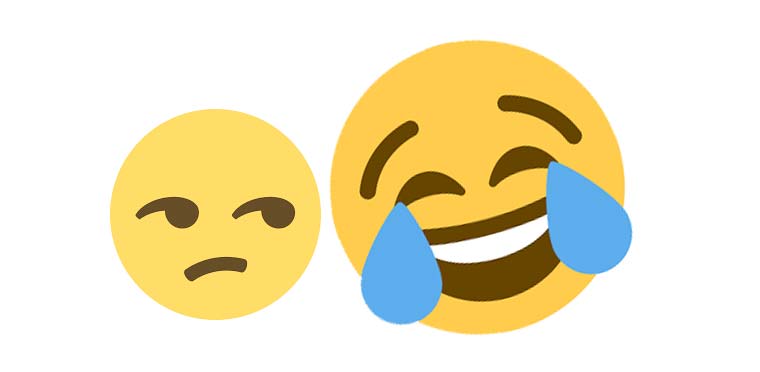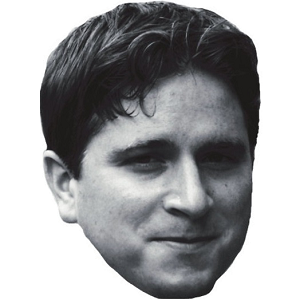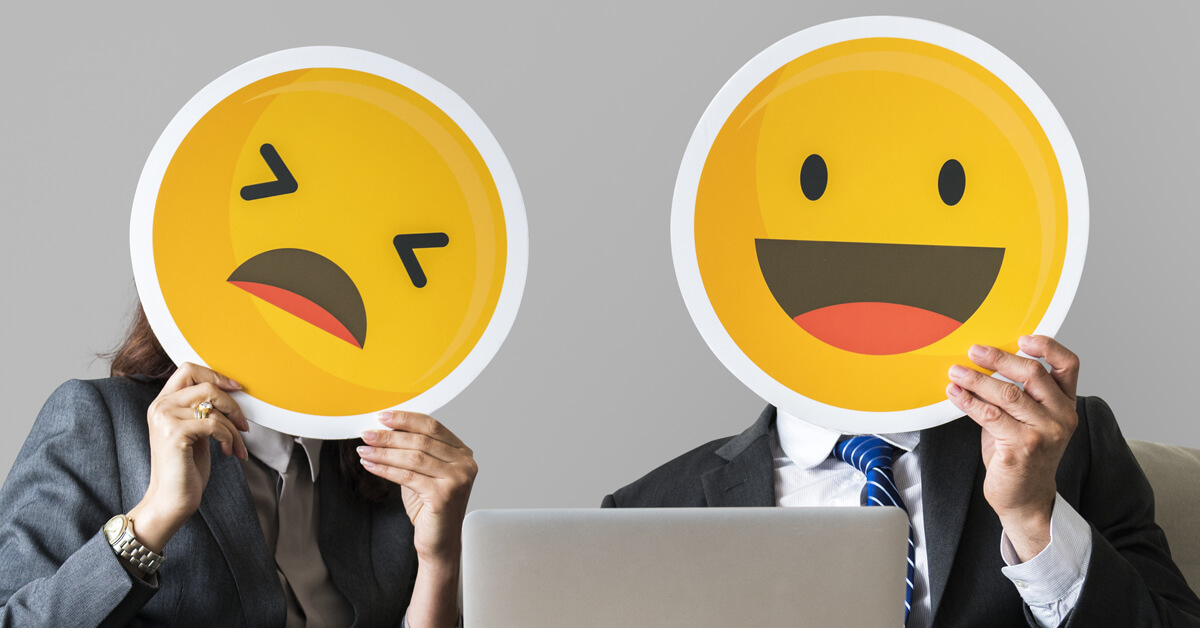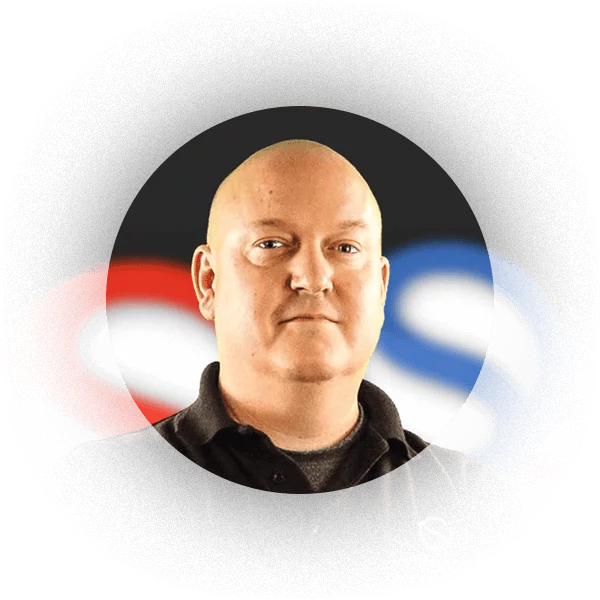Today is World Emoji Day! Yes, those yellow smiley faces have their very own day now. But are you interested in the history of Emoji? Where did they come from and who created them?
Emoji evolved from something called an Emoticon
Remember those? Chances are you used one recently ;) They are a graphical representation of a facial expression using characters (usually involving punctuation marks) numbers and letters that can be produced on a keyboard. Most of the time they are sideways oriented :D but not always (ʘ_ʘ).
According to Wikipedia, the history of Emoji began with the first suggested use of emoticons by a computer scientist called Scott Fahlman at Carnegie Mellon University, Pennsylvania in September 1982. He thought they could save time and help make the intent of a typed sentence clearer to the reader. He proposed :-) to mark jokes and :-( to mark things that were not jokes.
However, this is perhaps not the first use of emoticons as in a 1882 transcript of a speech by Abraham Lincoln in the New York Times there appears the bracketed line "(applause and laughter ;)". Most have dismissed this as a typo, but it could be the first emoticon! It's reproduced below, what do you think? We're not convinced :P

When did emoticons evolve into emoji?
Unsurprisingly, the first emoji were created in Japan. The word comes from Japanese e (絵) meaning "picture" joined to moji (文字) meaning "character". They were born out of the Japanese mobile phone culture in the late 1990s and created by an employee of the mobile phone operator NTT DoCoMo called Shigetaka Kurita. He designed a set of 176 emoji using a grid of only 12x12 pixels. This set of emoji have been deemed so culturally significant that they are now part of the collection of the Museum of Modern Art in New York.
Shigetaka Kurita's inspiration for his creation is bizarre: Michael Fish, the British weather forecaster! Well OK, not quite but he was apparently inspired by the stick-on symbols (later computer graphics) that were placed over a map to show the type of weather that region would be experiencing. He simply took that principle and applied it to emotions rather than weather.

History of Emoji: Father of the Emoji, Michael Fish, MBE 🙂
Which is the most popular emoji?
Emoji have exploded in popularity but also social importance in recent times. This was underlined when in 2015 the Oxford Dictionaries Word of the Year was not a word at all but...an emoji. Specifically, the one known as 'tears of joy'. It was said to represent "the ethos, mood, and preoccupations of 2015". Some people have accused it of representing negativity and being used to "gloat about human suffering".

The Future of Emoji and Emotes
The advent of retina and high-resolution screens (meaning more pixels in a smaller space basically) has allowed emoji to become progressively more detailed while remaining small enough to fit into lines of plain text (as the emoticons were way back in 1982). This has fuelled the creation of emotes from photographic sources. On the 12x12 grid that Shigetaka Kurita designed the first emoji set in 1999 it would have been almost impossible to create anything recognisable from a photograph.
That it's now possible has led to an explosion in the number of emotes in use as you don't need any advanced graphic design skills to create one from a photo. There are literally millions of emotes in use every day, and they have also become contextual to certain websites and services and thus many are now almost impossible to understand when you first encounter them. Take this one for example, any idea what this could mean?

To millions and millions of video game players all over the world this emote is known as 'Kappa'. It depicts an ex-employee of the streaming website once known as Justin.TV (now the Amazon owned Twitch.TV) called Josh DeSeno. According to Know Your Meme it is "used as a postscript to a sentence to convey sarcasm." How anyone is supposed to know that when first exposed to Kappa is anyone's guess (but perhaps that cliquishness is half the point :O ).
Emotes like Kappa and many others on many different services have also spawned an interesting phenomenon: we've regressed back to plain text by necessity. On Twitch.TV it's fine to click kappa in the chat client to make sure you are 'conveying sarcasm' but what happens if you are on another service like YouTube, Discord or whatever?
It's simple, you would just type "kappa"! Because people know what it means the intent is retained even without the picture of Josh.
It's strange to think that in the 35 years since Scott Fahlman at Carnegie Mellon University proposed :-) to mark jokes that we now can use kappa to do the same. It seems like a backwards step but when the journey to get there is taken into account perhaps it says a lot about human nature and something about the modern evolution of language.
Now you know all about the History of Emoji you can enjoy World Emoji Day even more kappa!
Designer
Mike is a designer at Optima Systems. He grew up in West London and now lives by the sea. His first love was music which led to jobs in recording engineering and a number of years as a front of house sound engineer and theatre stage manager. Having been taught the basics of HTML while at university he continued to develop websites as a hobby. It wasn't long before he realised the hobby was the more rewarding pursuit. More about Mike.
Ask Mike about Software Solutions / Website Design and Development

